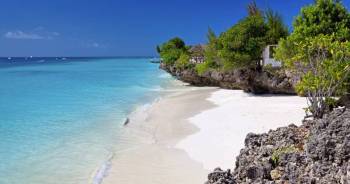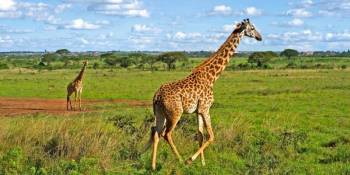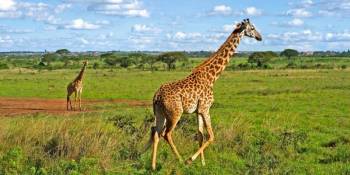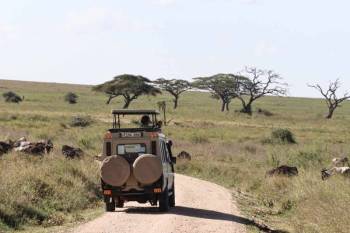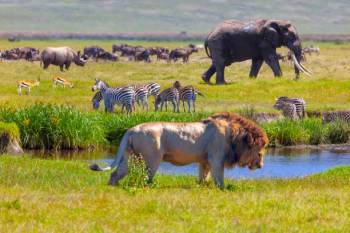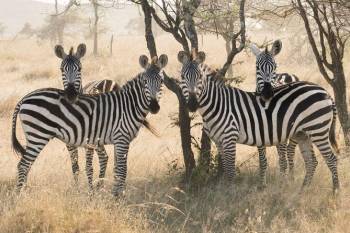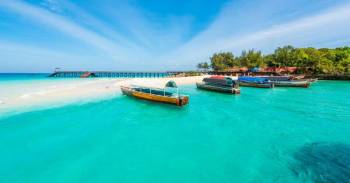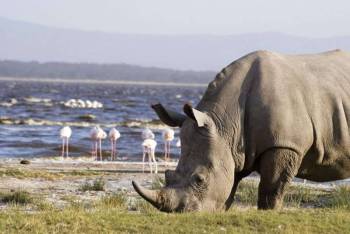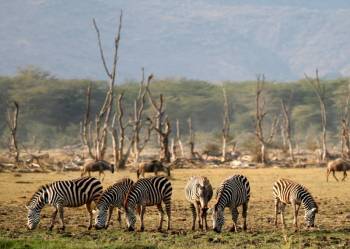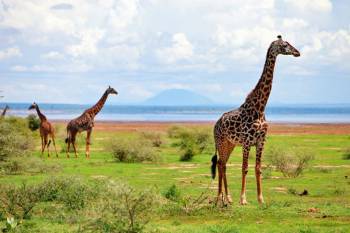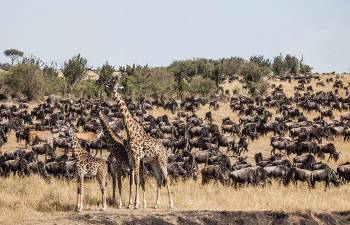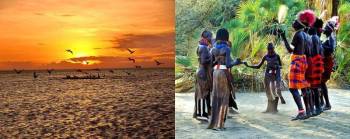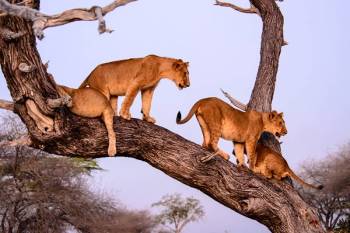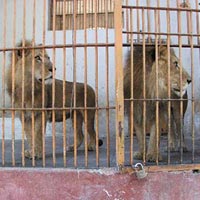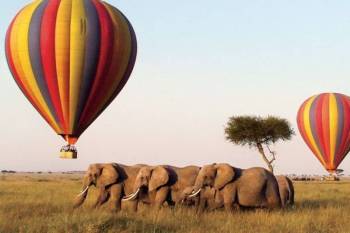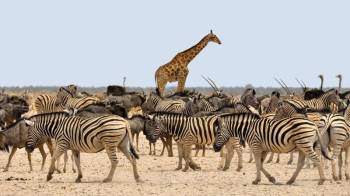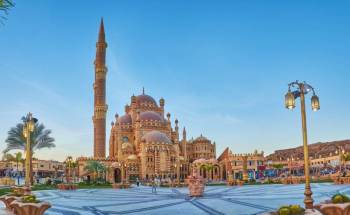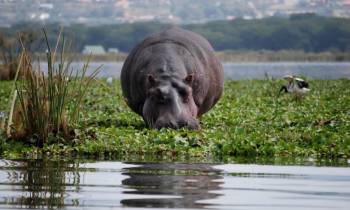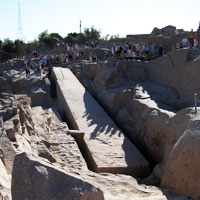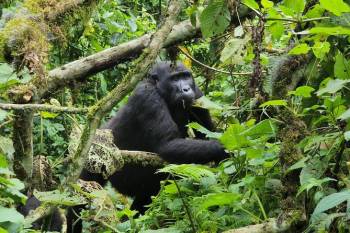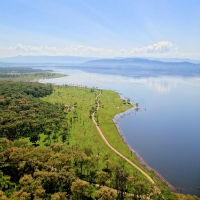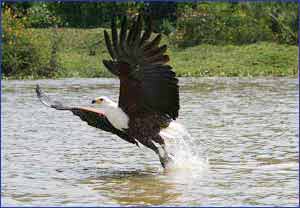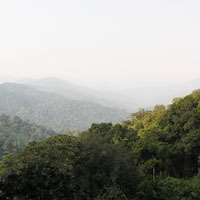Arusha
15 Days Of Tanzania And Zanzibar Calving Season Safari Tour
Duration : 14 Nights / 15 Days
Destination Covered : Zanzibar, Arusha, Ngorongoro, Manyara
Tour Activities : Jungle Safari, Boat Cruise, Beaches Sightseeing
Tour Themes : Wildlife, Safari Tours
Price on Request
Zanzibar, Arusha and Ngorongoro Tour Overview
Our itinerary is flexible and can be modified according to your wishes and needs. You will have a 4x4 Toyota Land Cruiser/Rover with pop-up roof special fitted for the best view in the parks. You will be accompanied by our English-speaking driver/guide who has excellent knowledge of wildlife and will be giving you a lot of information along the way. We offer unlimited kilometer per day and flexibility with your time-schedule to enjoy your days in the parks at the maximum.
Zanzibar, Arusha and Ngorongoro Tour Itinerary
The famous Great Migration settles on the plains from about December end to March/April
Calving season on the plains (January through to March)
In the dry season (June To November) resident animals gather at waterholes – Elephant, giraffe, big cats
All six cat species reside here year-round (leopard, lion, cheetah, caracal, serval, African wildcat)
Prolific birdlife
Olduvai Gorge – fascinating archaeological site
Lakes Ndutu and Masek, soda lakes
Calving usually takes place between January, February and march of each year. In January the herds begin making their way to the south of the Serengeti after the rains start falling. The question of how the herds know when it is raining or not is something many people have questioned and the answer is that we actually do not know! Many people say that they can smell the rain, others believe they can sense when the pressure in the air changes. The only thing we know for sure is that where it rains, the herds follow. Within a two to three-week time period, over half a million wildebeest are born with as many as 8 000 wildebeest being born on the same day! The herds spend the majority of these three months in the Ndutu and Ngorongoro Conservation areas, although not within the crater itself. Many years ago, volcanoes in the area would erupt and the volcanic ashes that are left behind have led to the soil being rich in nutrients meaning that the grass that grows here is perfect for young wildebeest to munch on and build up their strength in the first few weeks of their lives. The zebra and gazelle that join the thousands of wildebeest on their journey eat the grass shoots that are less appetizing to the baby wildebeest, leaving behind only the most nutrient-rich grass shoots that are freshly sprouted and soft enough for young wildebeest mouths to pull from the earth. These grasses are also said to help aid the wildebeest mothers in lactating and making sure their milk is full of the goodness needed to raise strong and healthy babies
greetings and interact with local people, learning lifestyle, sharing stories with the bushmen people
join men for hunting small animals around the camp
going foraging for honey, fruits, berries etc
learning traditional medicines
making bows and arrows
going gathering with ladies
practice and target by bow and arrow
traditional dance
Datoga Village
greeting and interact with people of the family
learning lifestyle sharing story with the ladies, (they are polygamy)
involving in their activities like milling corn, cooking, milking, beading cloth etc
singing and dance
visit men at local factory (blacksmith)
experience how to recycle the metals by melting method
making arrows, knives, spear, sword, bracelet etc
After tour drive back to Arusha for shower dinner and overnight
More Details about Zanzibar, Arusha and Ngorongoro Tour
Inclusions
- Hotel
- All meals and accommodations during the entire safari
- A very high-quality safari land cruiser with pop up roof ideal for photographic safari
- A highly experienced English-speaking safari guide
- 5 liters of mineral water during the entire safari
- Kilimanjaro tea/coffee during game drive
- All park fees for all the national parks
- Unlimited game drives
- All transfers
- Two nights in
- Bushmen hunting fees
Exclusions
- International flights
- Tips
- Drinks at the lodges
- Any other things not mentioned above
Payments Terms
- * 20% Advance Percentage of total booking amount
Cancellation & Refund Policy
- * Upon cancellation, refund will be made after deducting the Retention Amount.
Similar Tour Packages for Zanzibar, Arusha, Ngorongoro, Manyara
Explore Tour Packages by Destination


